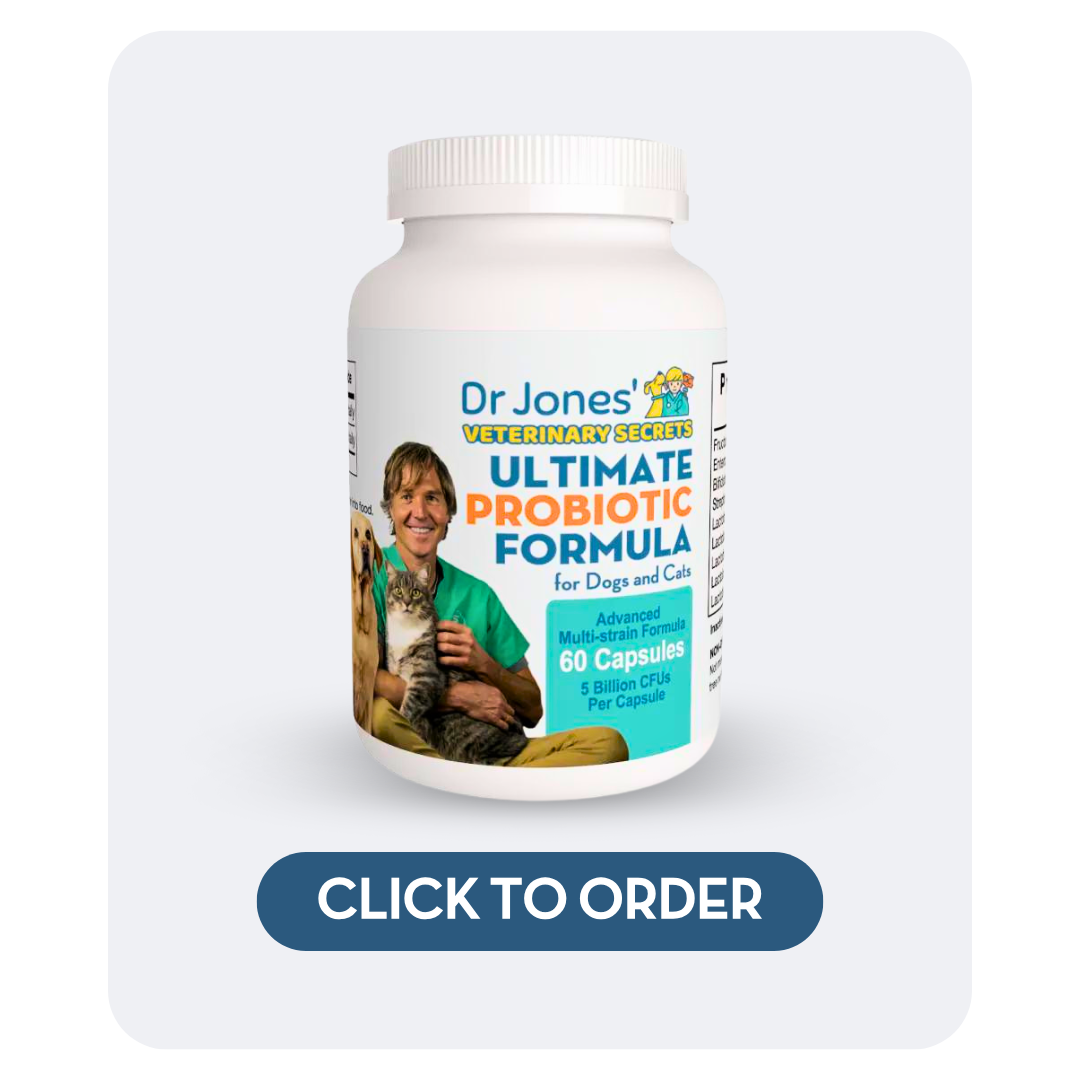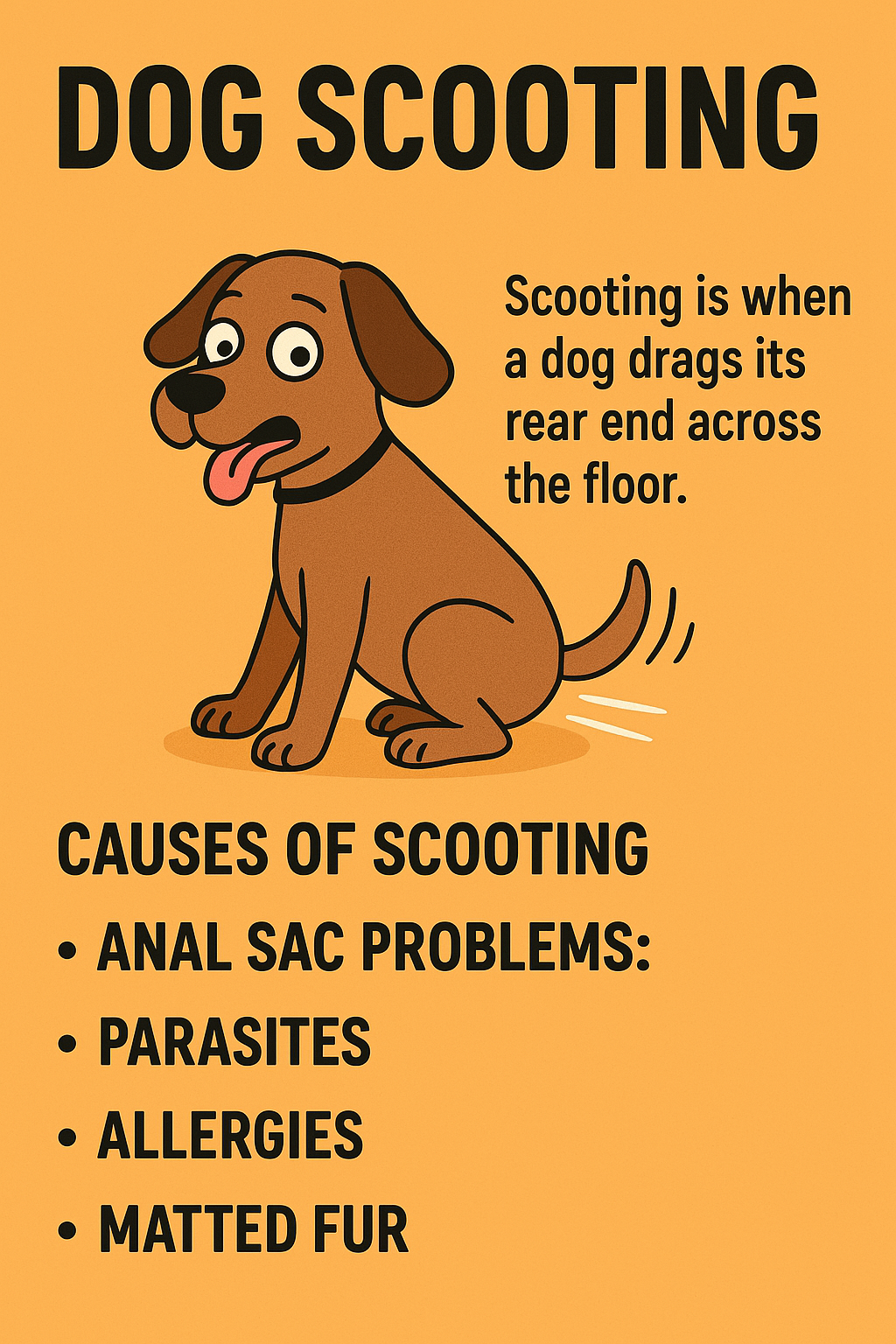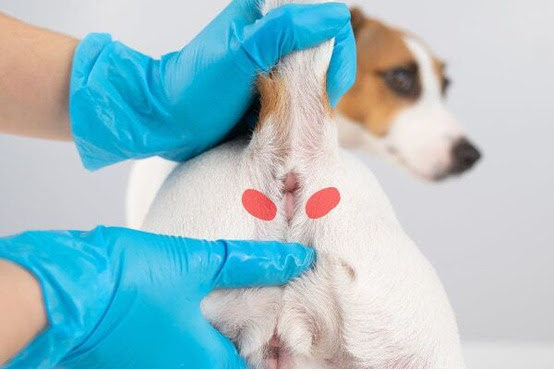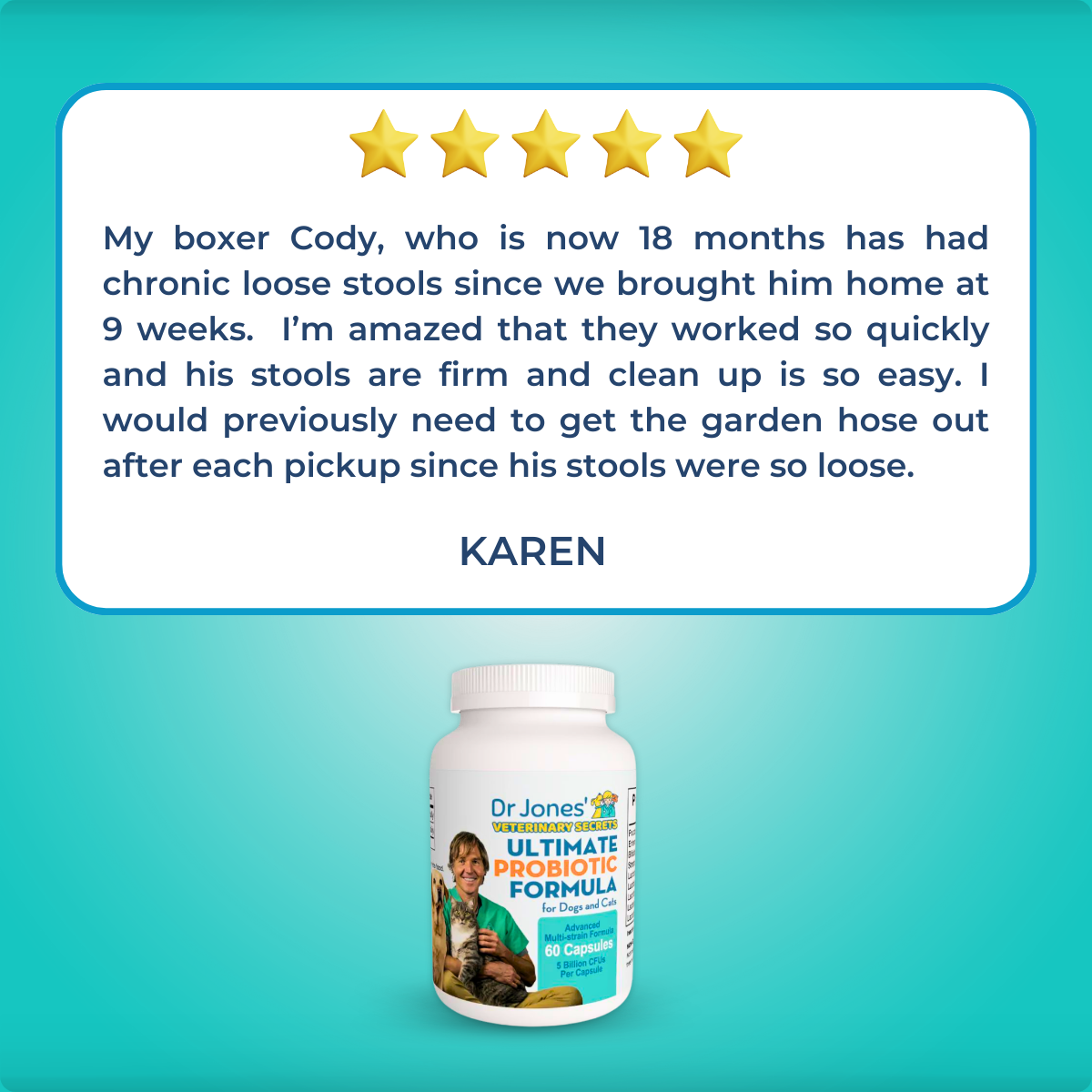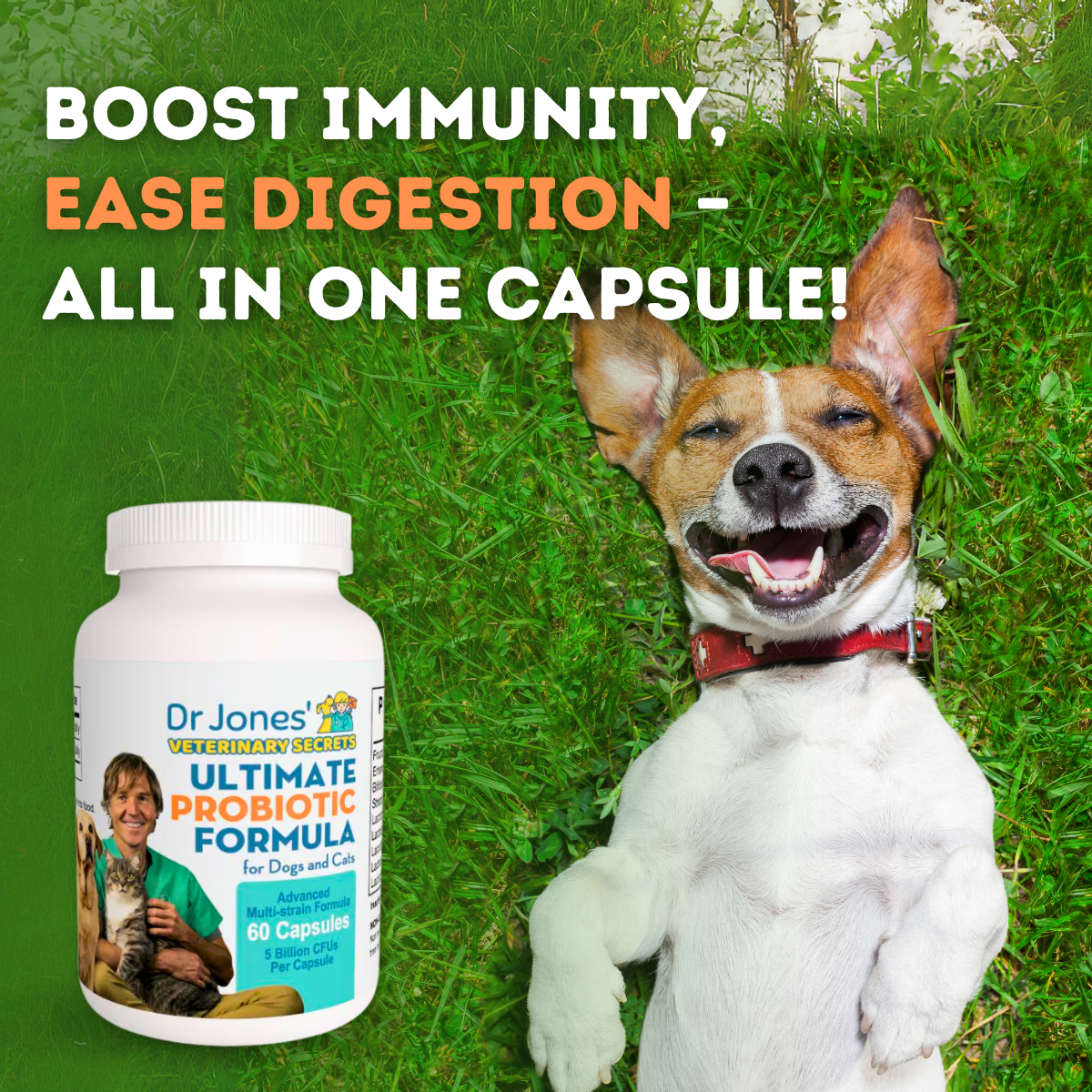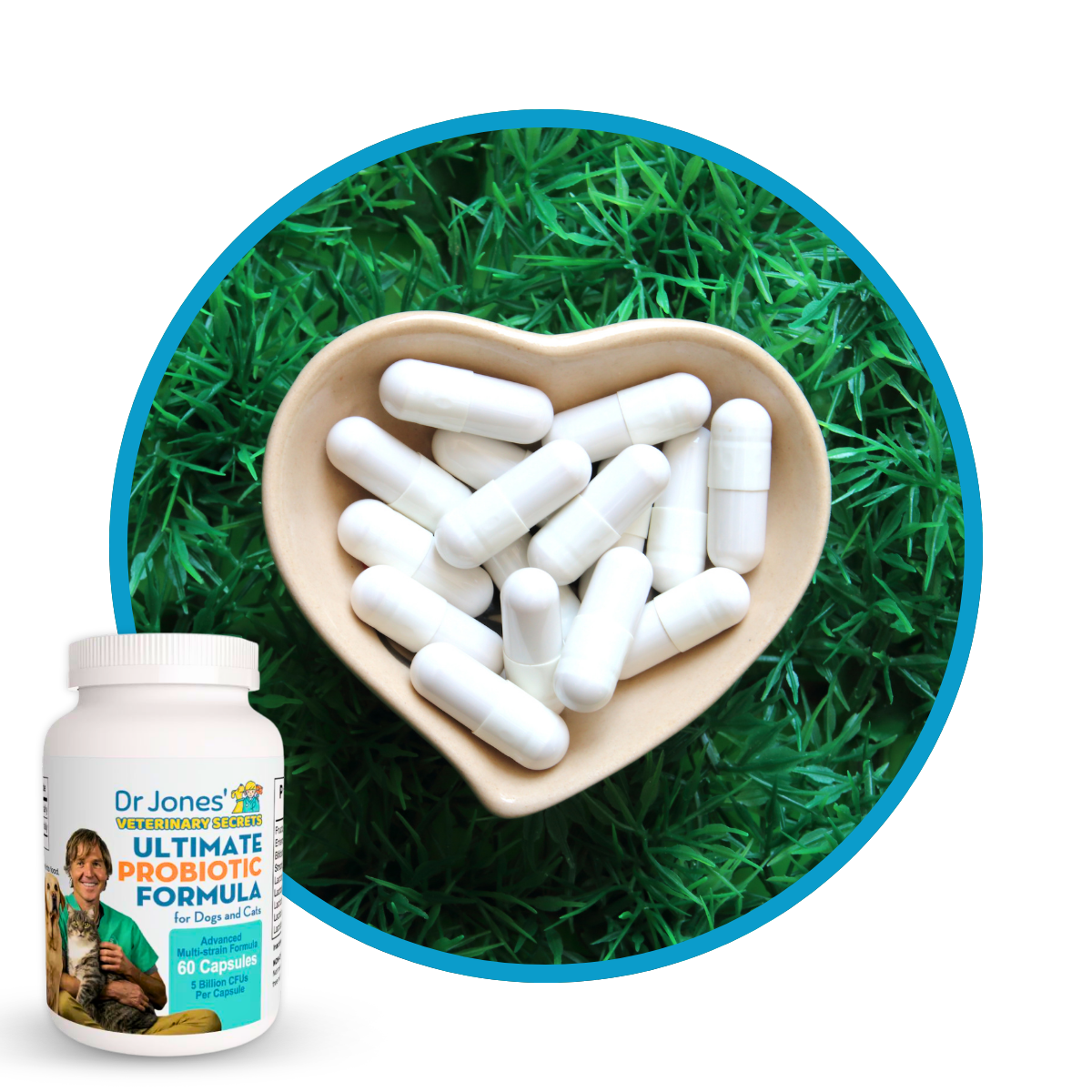How to Treat Your Dog’s Scooting with DIY Anal Gland Remedies
![]()
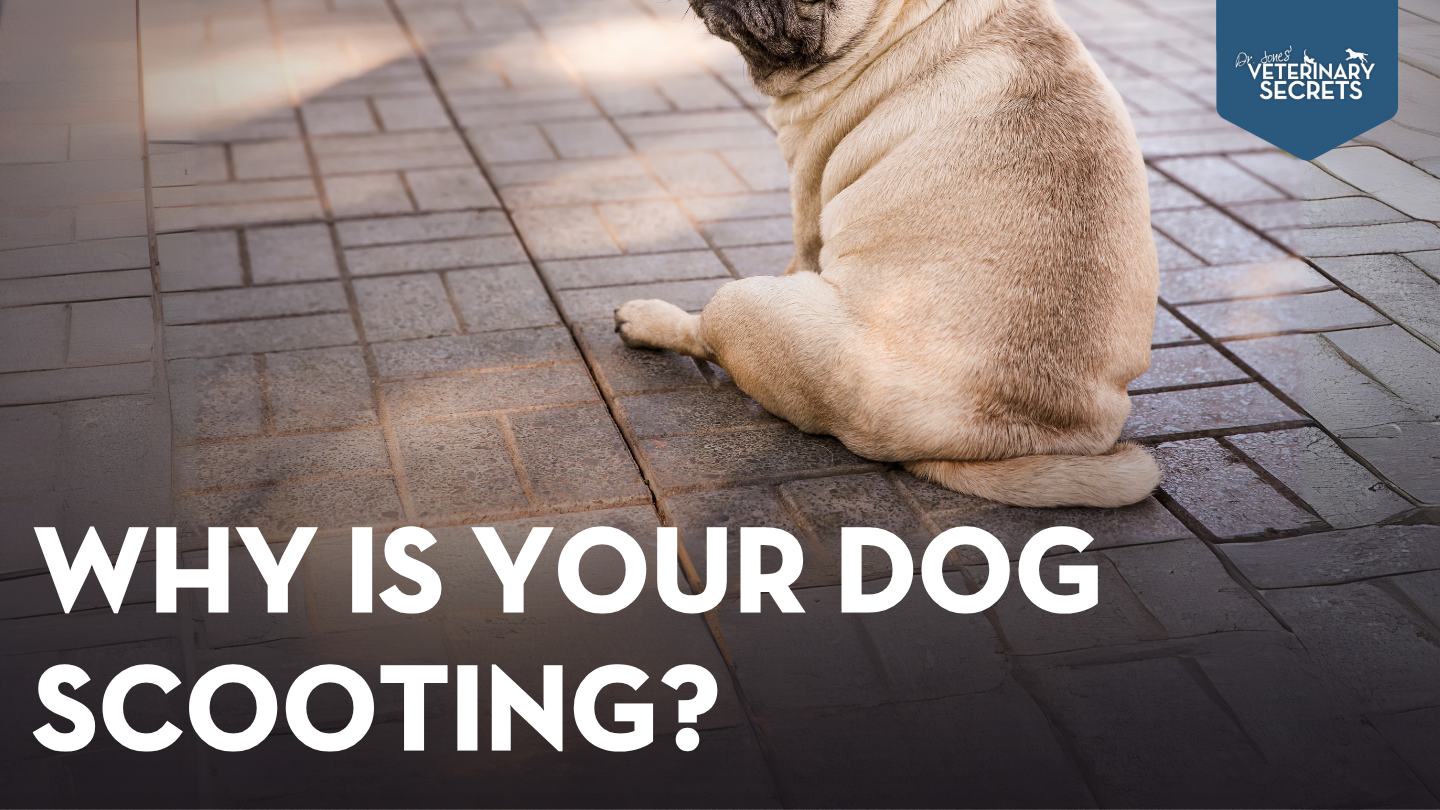
The Not-So-Glorious Job of Anal Gland Expressing
One of the less glamorous skills I acquired early on in my veterinary career was becoming an “expert" at expressing anal glands. Not exactly the kind of expertise I’m proud of, but as a new veterinary graduate working in a busy practice, I was tasked with the job. And let me tell you, it’s not the most pleasant task—those smelly anal glands can be quite a challenge!
But the good news is, there are things you can do at home to prevent anal gland issues, treat them when they arise, and even tackle that “fishy" dog smell with a simple DIY deodorizer.
Preventing and Treating Anal Gland Issues at Home
If your dog suffers from recurring anal gland problems, there are a few steps you can take to reduce the frequency and severity of the issue:
-
Proper Diet: Ensure your dog is eating a well-balanced diet that promotes regular bowel movements. A healthy diet can help keep the anal glands from becoming impacted.
-
Regular Exercise: Exercise helps with digestion and can aid in normal bowel movements.
In addition to these preventive measures, there are supplements that can help alleviate recurring anal gland problems.
Supplements That Can Help
One supplement I’ve seen work wonders for dogs with anal gland issues and ongoing digestive problems is probiotics, along with enzyme supplements. These supplements support healthy digestion, reduce inflammation, and can help keep anal glands functioning properly.
You can find them here:
Dr. Jones’ COMPLETE Digestive Care Soft Chews
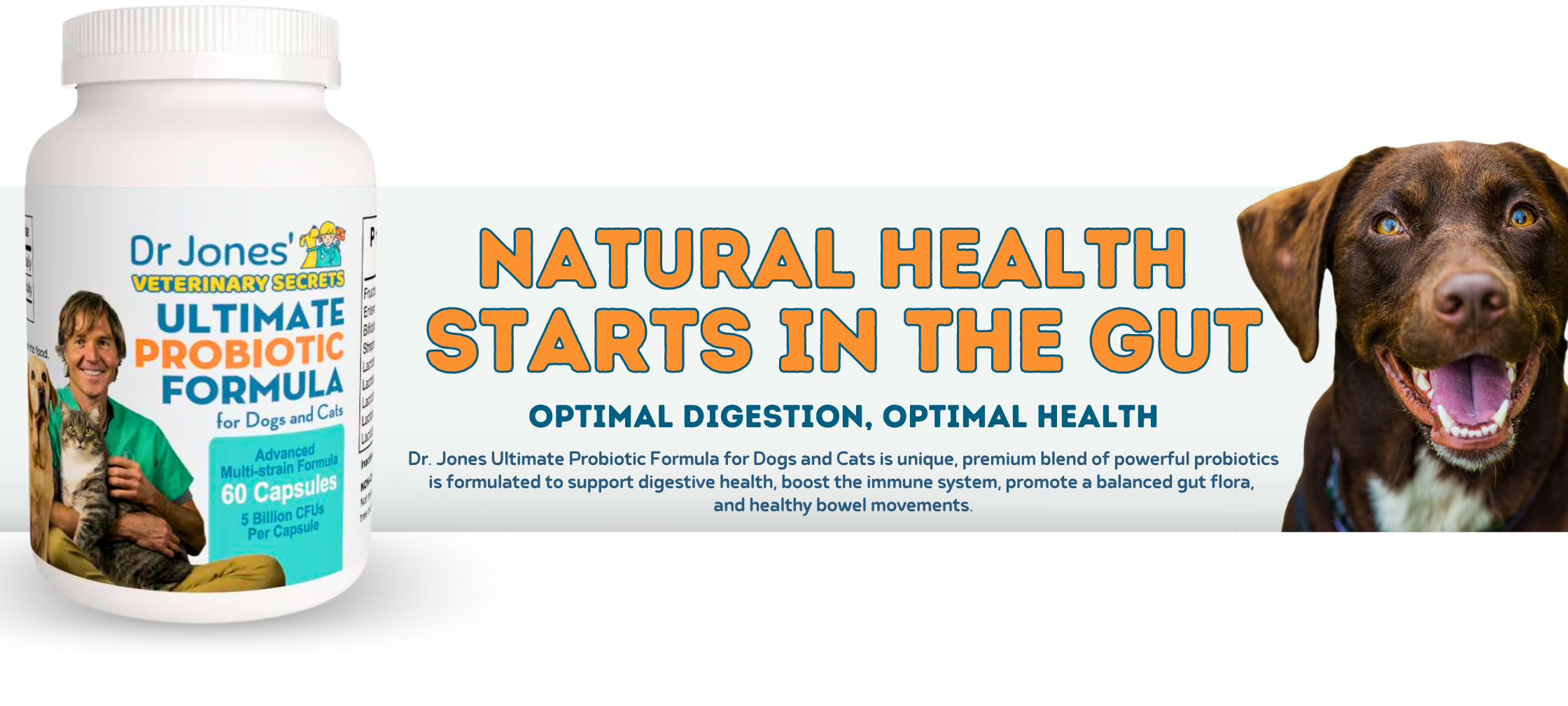
If your dog has been struggling with recurring anal gland issues or other digestive disorders, I highly recommend giving these a try.
DIY ‘Fishy’ Dog Smell Deodorizer
If your dog has a “fishy" odor from their anal glands, here’s a simple DIY deodorizer you can make at home. This will help freshen things up between cleanings:
Ingredients:
-
1 cup of water
-
1 tablespoon of baking soda
-
A few drops of lavender or eucalyptus essential oil (optional)
Directions:
-
Mix the water and baking soda together in a spray bottle until the baking soda is dissolved.
-
Add a few drops of your chosen essential oil.
-
Shake well and spray lightly on your dog’s fur (avoiding the face and sensitive areas) to help neutralize odors.
By taking preventive measures and using supplements and home remedies, you can help your dog stay comfortable and odor-free, without the need for frequent vet visits to express their anal glands.
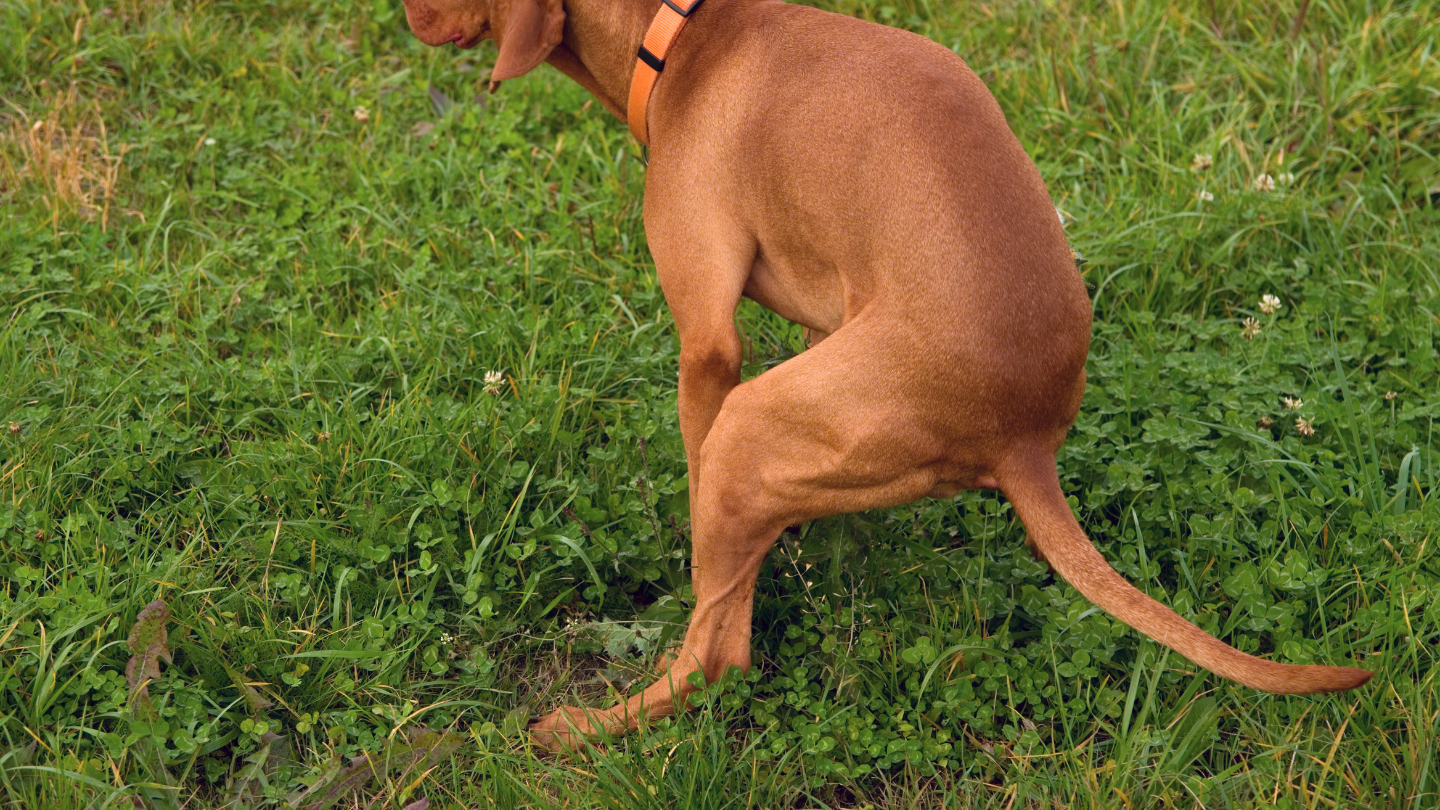
What Are Anal Glands in Dogs?
Anal glands are two small pouches located inside a dog’s anus, positioned around the four o’clock and eight o’clock points. Each of these sacs is lined with large sebaceous glands (also known as anal glands) that secrete a foul-smelling liquid, often described as “fishy." This liquid is used by dogs to mark their territory and to identify each other. When your dog defecates, the pressure from the act naturally expresses some of this liquid, leaving behind a unique scent.
Why Do Dogs’ Anal Glands Fill Up and Need to Be Expressed?
The duct connecting the anal glands to the anus can sometimes become obstructed due to inflammation. In some cases, the liquid inside the anal glands becomes thicker, making it harder for the glands to express naturally.
When this happens, dogs can develop various anal sac diseases, including:
-
Anal gland impaction: This occurs when the anal gland fluid is too thick or abnormal to exit the glands, causing pressure and inflammation.
-
Anal gland infections: If an impacted anal gland goes untreated, it can become infected. Additionally, bacteria from the anal area can travel into the anal sac, causing an infection.
-
Anal gland rupture: In severe cases, an infected anal gland can rupture, creating an open wound around the anus. This wound may leak anal gland secretions, blood, or pus.
-
Anal gland tumors: Though rare, some dogs may develop cancer in their anal glands, which can spread to other parts of the body.
The most common problems are impacted or infected anal glands.
Signs of Anal Gland Problems
If your dog is experiencing issues with their anal glands, you may notice the following symptoms:
-
Scooting: Your dog drags their bottom on the carpet—this is the most common sign.
-
Fishy odor: Your dog may smell like fish, or you may notice this odor in areas where your dog frequently lies or sits.
-
Bump or bulge: You might see a lump or swelling near the anus.
-
Red or irritated skin: This can occur around the anus.
-
Discharge: Brown or red discharge may leak from the anal gland openings.
-
Licking: Your dog may excessively lick the base of their tail or around the anus.
-
Straining: Difficulty or pain while defecating.
-
Whimpering: Your dog may cry out or whimper during bowel movements, indicating pain.
-
Frequent sitting: Your dog may repeatedly sit down quickly to relieve discomfort.
If you observe these signs, it’s essential to address the issue promptly to avoid further complications.
How to Prevent and Treat Anal Gland Problems at Home
As long as your dog is able to defecate normally and there’s no visible swelling, redness, infection, or discharge near the anus, you can try expressing the anal glands at home. If you’re unsure, please consult your veterinarian.
Expressing Anal Glands at Home
Although it may not be the most pleasant task, expressing your dog’s anal glands at home can provide relief. Here’s how to do it:
-
Prepare your dog: Take your pet to the bathtub and use lukewarm water to clean their bottom.
-
Wear gloves: Latex exam gloves for hygiene.
-
Position yourself: Lift your pet’s tail to access the area around the anus.
-
Use paper towels: Place a paper towel behind the anus to catch any discharge.
-
Apply pressure: Using your thumb and forefinger, gently squeeze the right side (four o’clock) and left side (eight o’clock) of the anus. Apply moderate pressure.
-
Repeat if necessary: If nothing comes out, adjust your angle and try again. You should see a brown, foul-smelling fluid.
-
Alternative method: You can also try squeezing over the top of the anal glands for more direct pressure.
Additional Remedies to Help Your Pet
If expressing the glands doesn’t fully resolve the issue, try these additional remedies:
1. Apply Heat
Soak a washcloth in Epsom salts and warm water. Hold the cloth against your pet’s bottom for five minutes, twice daily. If your pet is comfortable with it, you can apply some pressure to the glands while compressing. This may help them drain.
2. Increase Fiber
Adding fiber to your pet’s diet can help naturally express the anal glands by increasing stool volume. Here are some fiber options:
-
Ground flax: One teaspoon per cup of food daily.
-
Metamucil: One teaspoon per ten pounds of body weight daily.
-
Oat bran: One teaspoon per ten pounds of body weight daily.
-
Carrots: One-eighth cup per ten pounds of body weight daily.
-
Pumpkin: One tablespoon daily (great for cats).
3. Encourage Exercise
Regular exercise helps keep your pet’s anal glands healthy. Aim for at least 15 minutes of exercise twice a day.
4. Probiotics
Probiotics can help restore the natural bacteria in your pet’s intestines, supporting overall intestinal health and immunity. A good-quality probiotic supplement, such as the one found in Dr. Jones’ supplements, can support weight loss and gut health.
5. Address Allergies
If your dog has allergies, this could lead to secondary inflammation and blockage of the anal gland ducts. Some dogs respond well to enzyme supplements to alleviate this issue.
When to Call the Vet
If your dog’s anal glands remain obstructed after trying these remedies, it’s time to contact your vet. If an infection or abscess develops, your pet may need antibiotics or, in some cases, surgery.
How to Handle the Fishy Smell
If your dog develops a persistent fishy odor, using a deodorizer can help. Here’s a simple, natural DIY deodorizer you can make at home:
DIY Doggy Deodorizer
-
Water: ½ cup
-
Apple cider vinegar (ACV): 2 tablespoons
-
Castile soap: 1 teaspoon
-
Lavender oil: 10 drops
Heal Your Pet At Home!
By following these steps, you can help relieve your dog’s anal gland issues and keep them comfortable at home. Regular maintenance and proactive care are essential for long-term health.

P.S. Expressing your dog’s anal glands at home is one of the easier veterinary procedures to learn. Your dog will appreciate not having to visit the vet for this task!
If your dog suffers from digestive issues or anal gland problems, I recommend trying our Digestive Enzyme supplement, which has helped many pets.
?? Try Dr. Jones’ COMPLETE Digestive Care Soft Chews [Link to Product]
